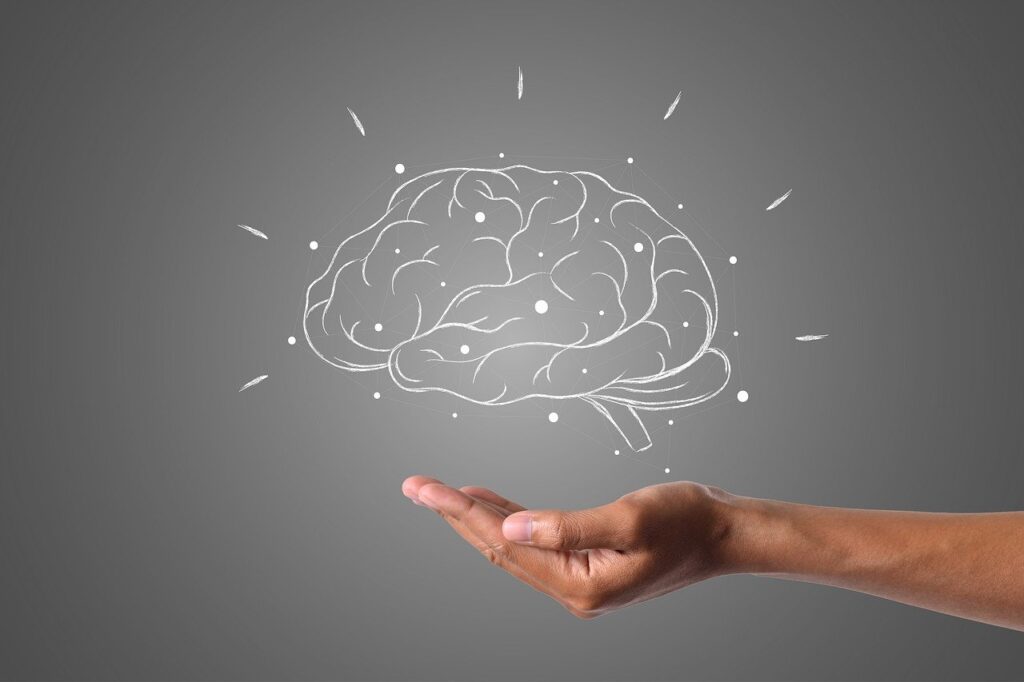Biohacking for Beginners
There are a few things you should know before getting into biohacking. Let’s start with the basics and define biohacking.
To extend one’s life, slow down the ageing process, and hasten the body’s ability to recover from sickness and injury, biohacking is the use of methods to enhance biological function, physical and/or mental health, memory, and performance. Biohacking can be utilised for medical causes or for personal enhancements like increased efficiency. Physical, chemical, and electrical methods all exist for accomplishing this.
Simply put, biohacking is the practise of modifying one’s biological systems with the use of technological devices. One option is to use a wearable gadget, such as a fitness tracker, to keep tabs on our physical activity, while another is to have a surgically implanted device that transmits vital signs wirelessly.
Why do we need biohacking?
Our bodies are under continual attack from environmental pollutants, stresses, and processed foods in today’s society. By manipulating our biological systems, we can improve our health and independence. Furthermore, we may use biohacking to spot and treat imbalances before they develop into chronic illness. When applied properly, biohacking may be a potent method for maximising health and energy.

The Benefits of Biohacking
Biohacking can offer many potential benefits, including:
- Better concentration, memory, and brainpower are all possible thanks to biohacking.
- Enhanced stamina and resistance to tiredness because to biohacking’s emphasis on optimising dietary intake, rest, and exercise.
- For better rest, try biohacking techniques like keeping a sleep log or practising good sleep hygiene.
- Improved fitness and performance may be achieved through biohacking’s specialised approaches to training, diet, and recuperation.
- Biohacking approaches such as meditation, breathwork, and stress management instruments can help people relax and feel less stressed.
- Certain biohacking practises have been shown to have a beneficial effect on mood and emotional well-being.
- Biohacking aims to improve several facets of health simultaneously, ultimately improving people’s overall health and happiness.
Using technology to monitor progress towards fitness objectives or genetic analysis to tailor dietary preferences are both examples of biohacking practises. Fitness (steps/activity), nutrition, sleep, and health can all be monitored via apps, making them useful for biohacking. They offer a simple entry point into biohacking for newcomers. Here’s an example:
- Strava: A popular application for tracking workouts, Strava allows friends and family to provide comments on your workouts to keep you accountable and inspired.
- MyFitnessPal: A free mobile application that helps users keep a food diary, count calories, and analyse their diet. For even more biohacking potential, you can connect it to a tracking app like Strava.
Another useful tool for beginners are activity trackers worn on the wrist. These trackers can monitor steps, sleep patterns, and even send reminders to move, encouraging physical activity and fitness.
Biohacking may seem like a crazy idea to some, but there is mounting proof that it has practical applications. The term “biohacking” refers to the practise of using technology to solve problems. It was first used to describe the effects of a disease on a person’s health.
Nutrigenomics and Biohacking
Nutrigenomics is an area of biohacking that focuses on the connection between food and heredity. Better weight loss outcomes can be achieved with the use of personalised dietary regimens based on genetic testing. Studies have demonstrated that people with the obesity-linked FTO gene risk variant respond positively to high-protein diets. A research that followed 195 persons for nine months found that those who followed the high-protein diet lost weight more quickly than those who did not.
Biohacking and Mental Health
There is no doubt that the use of biohacking to promote mental health is a worthwhile endeavour. Anxiety and despair levels were observed to decrease in a study of guests who spent a week at The Gwinganna Lifestyle Retreat. This biohacking method entails switching to an organic, plant-based diet with minimal or no animal products, caffeine, or gluten. Even though this retreat is in Australia, its nutritional practises are easily transferable to everyday life, making biohacking as easy as following the retreat’s menu.
Risks of Biohacking
To provide context, let’s talk about the potential downsides of biohacking. Depending on the particular methods employed, the level of danger associated with biohacking might vary. Some examples of possible dangers are:
- Infection: Devices that puncture the skin can introduce germs into the body, which can lead to illness if they are tampered with. This danger can be lessened by taking precautions and getting expert help.
- Tissue damage: Tissues around implanted devices might be harmed if they are not placed correctly. To reduce the potential for complications, it is essential to have a trained expert carry out the treatment.
- Electrical shock: Electrocution is a risk while working with biohacking electronics. To prevent these dangers, one must be well-informed and take the required safeguards.
- Hyperventilation: If not done properly, techniques like breathwork can lead to hyperventilation, which can result in fainting, lightheadedness, chest discomfort, and panic episodes. Breathwork is a powerful tool, but it should only be used under expert supervision.
While these dangers are real, they are usually manageable with careful biohacking and expert consultation.
Getting Started with Biohacking
The following are some suggestions for getting started on your own biohacking adventure:
- Consult a healthcare professional: Consult a medical expert before beginning any new health programme, including biohacking, especially if you have preexisting health concerns.
- Educate yourself: Learn more about biohacking by reading up on the topic from reputable sources. Learn the processes that complement your aims and requirements.
- Experiment with different techniques: It’s time to start investigating biohacking methods to see which ones work best with your current way of living. Altering one’s diet, taking a supplement, improving one’s sleeping patterns, or learning to deal with stress are all examples of what this may entail.
- Personalize your approach: One size does not fit all when it comes to biohacking. Find what works best for you and your objectives by trying out several approaches and keeping track of the results.
Myths and Misconceptions about Biohacking
Let’s address some common myths and misconceptions associated with biohacking:
- Biohacking is only for wealthy people: While some biohacking tools might cost a pretty penny, there are plenty of low- or no-tech options as well. Simple habits like getting enough rest, moving around, and eating healthily don’t cost much.
- Biohacking is only for people with medical conditions: Whether or not you’re dealing with health issues, biohacking can help you reach your health goals. It has been shown to improve memory, stamina, and performance in a variety of physical and mental tasks.
- Biohacking is dangerous: While it’s true that there are hazards associated with some forms of biohacking, the most majority are manageable with caution. When in doubt, it’s best to ask an expert for clarification and make sure you’re not putting yourself in harm’s way.
- Biohacking is only for scientists: No prior knowledge of science is required to engage in biohacking. Even though it helps to have some familiarity with biology and physiology, there are many resources out there to enable those with no background in these fields get started with biohacking.
- Biohacking is illegal or unethical: Most biohacking techniques are perfectly legitimate and moral. But there are ethical constraints in place to make sure things like gene editing are safe. It’s crucial to do your homework and act responsibly while biohacking.
Biohacking is a developing phenomenon that might drastically improve people’s lives. To take use of this cutting-edge technology, you need neither money nor health problems nor a high level of scientific literacy. Start learning about biohacking now to discover how you can enhance your health and happiness.
The Article How To Get Started With Biohacking First Appeared ON
: https://ad4sc.com










Comments are closed